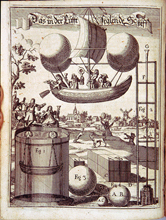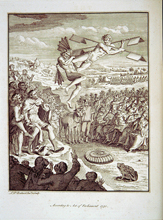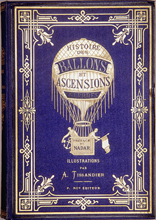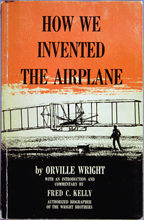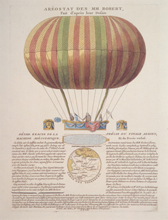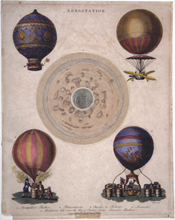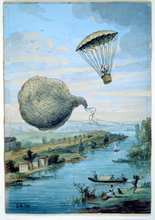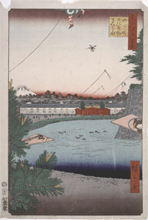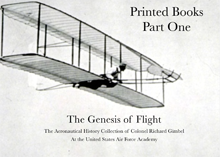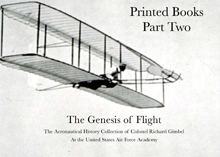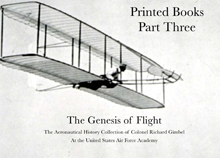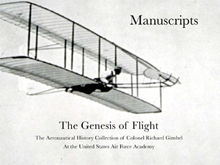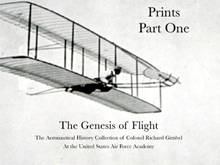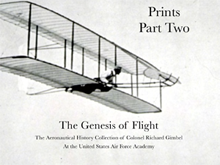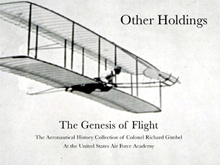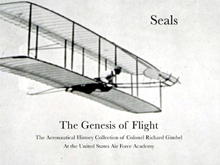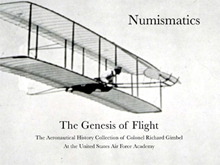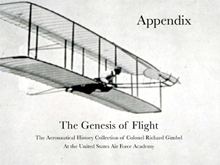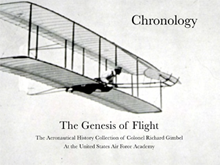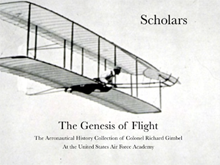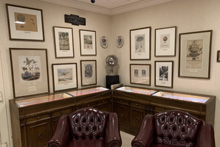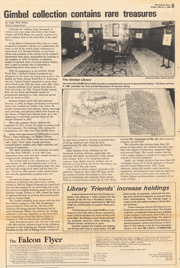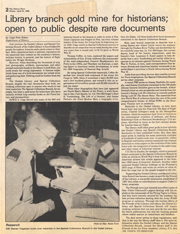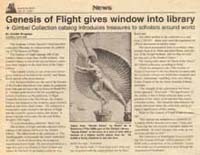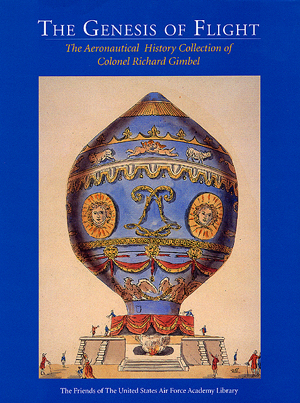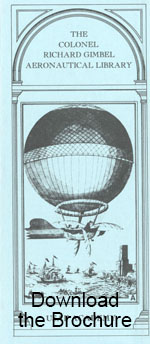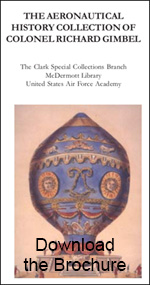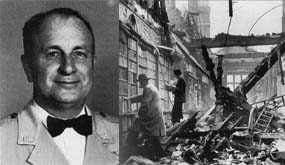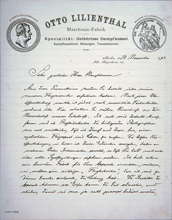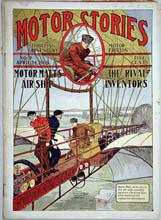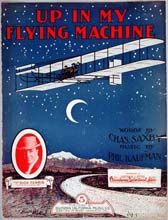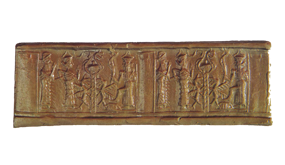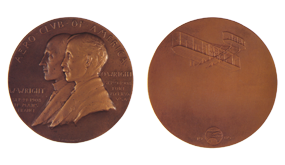The Genesis of Flight features 300 items from the Colonel Richard Gimbel Aeronautical History Collection of more than 20,000 books, prints, manuscripts, and other items tracing 3,000 years of humanity’s aspirations and eventual achievement of flight.
This book meets a long-standing need to provide scholars worldwide and the general public with an illustrated catalogue of selected holdings of one of the most prestigious aeronautical history collections in existence—the Colonel Richard Gimbel collection on the history of man’s dream of flight from antiquity to the advent of powered flight at the beginning of the twentieth century. Richard Gimbel, born in 1898, was the son of one of the founders of the Gimbel Department store chain. He graduated from Yale University and served as vice president of the Gimbel Corporation. He began his collection on the history of flight while serving with the 8th U. S. Army Air Force in England during World War II. After retiring from the U. S. Air Force in 1953, he became Curator of Aeronautical Literature at Yale where he continued building his collection. According to his wishes, it was donated to the United States Air Force Academy upon his death in 1970.
Colonel Gimbel’s goal in assembling the collection was to document man’s dreams of and efforts to attain flight. The collection’s more than 20,000 items vividly reflect both humanity’s vision and its fulfillment. Five thousand year old seals carved from semi-precious stones and used to inscribe clay tablets record man’s earliest conception of flight. Among the collection’s thousands of books are priceless volumes printed before 1501. Many, such as Robert Hooke’s Philosophical Collections (1682), are serious, scientific studies of the possibility of flight. Others are about imaginary voyages into space and to other worlds, including Ludovico Ariosto’s Orlando Furioso (1547), Cyrano de Bergerac’s account of a voyage to the moon first published in 1651 and, of course, the nineteenth-century classics of Jules Verne. More than 2,000 prints, portraits, engravings, etchings, woodcuts, and lithographs in both color and black and white comprise a unique and arresting pictorial history of aeronautics. Important letters written by pioneers of flight—Montgolfier, Blanchard, Lunardi, Lilienthal, Count von Zeppelin, Santos-Dumont, Langley, and the Wright brothers—are to be found among the collection’s manuscript holdings. There are also rare commemorative medallions, sheet music, posters, dime novels, postcards and postage stamps, early flight manuals, catalogues of aircraft equipment, match boxes, and even children’s games and toys—all recording, in one way or another, humanity’s aspirations to fly.
The Friends sponsored the international scholarship and publication in 2000 of The Genesis of Flight in print, followed by an online version of the book in its entirety (Via Thumbnails Below), which includes a brief audio commentary for most of the entries.

